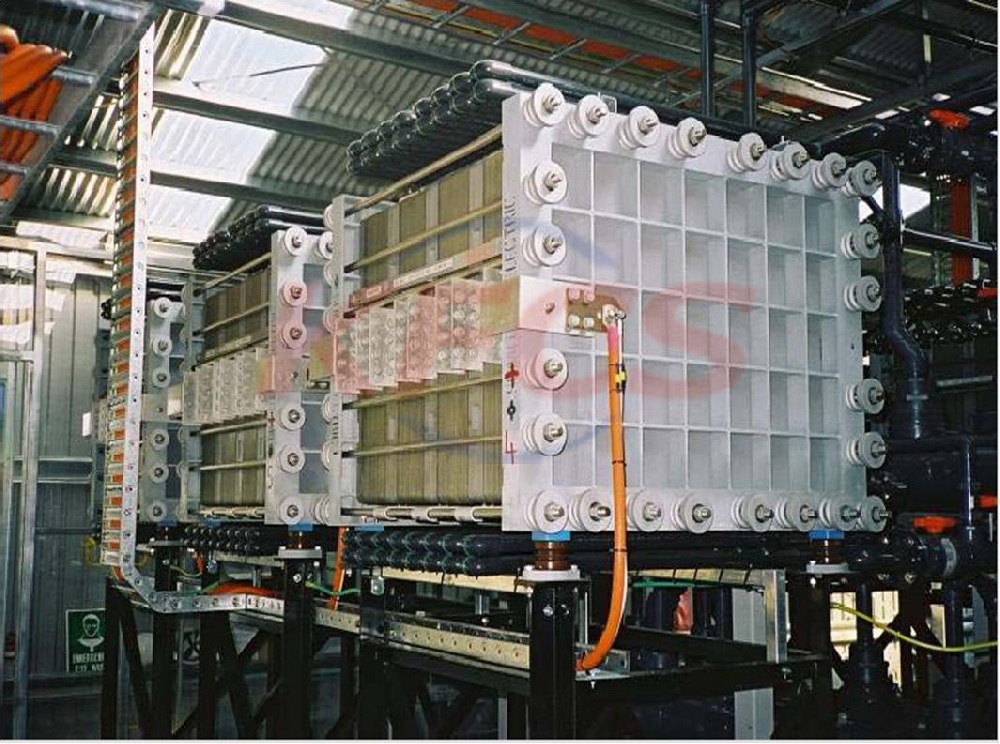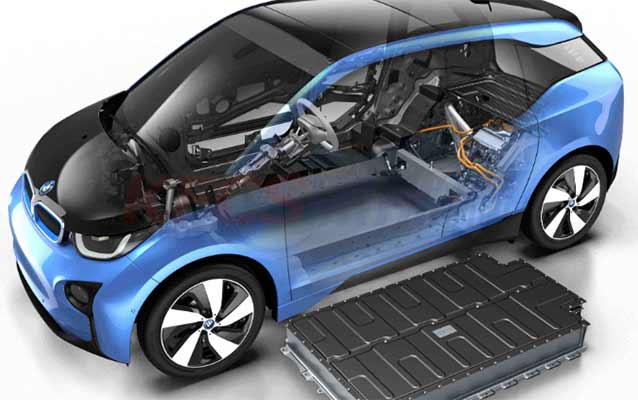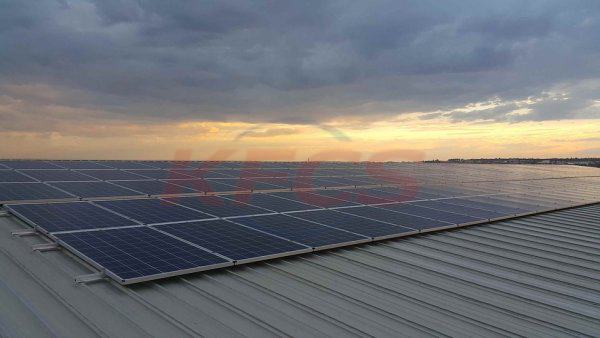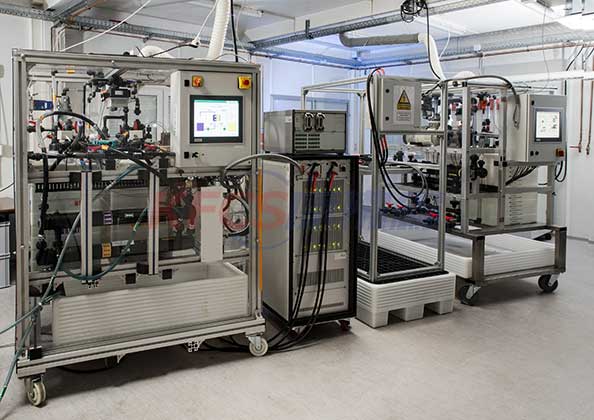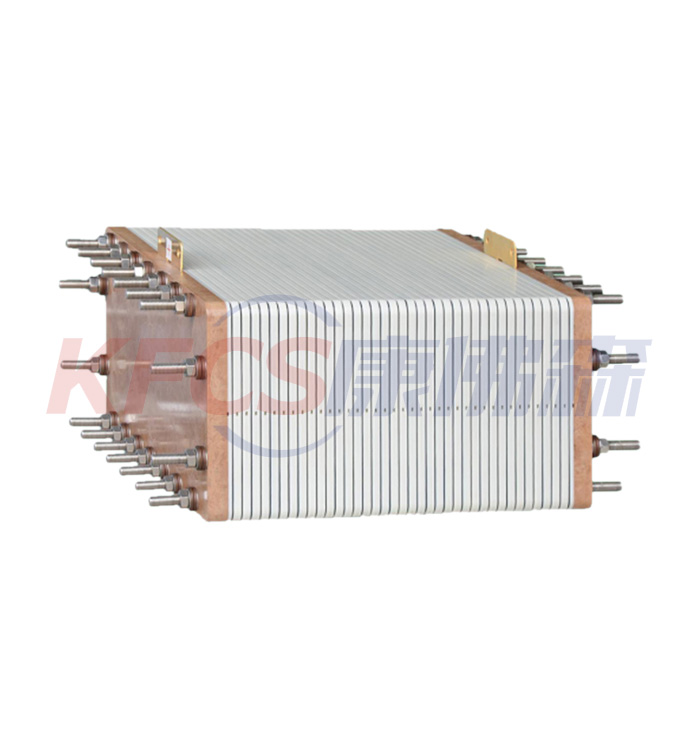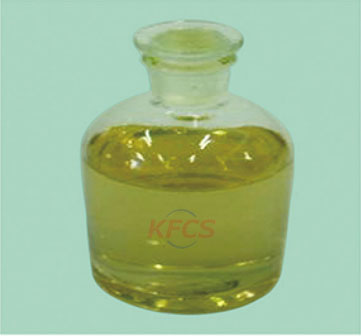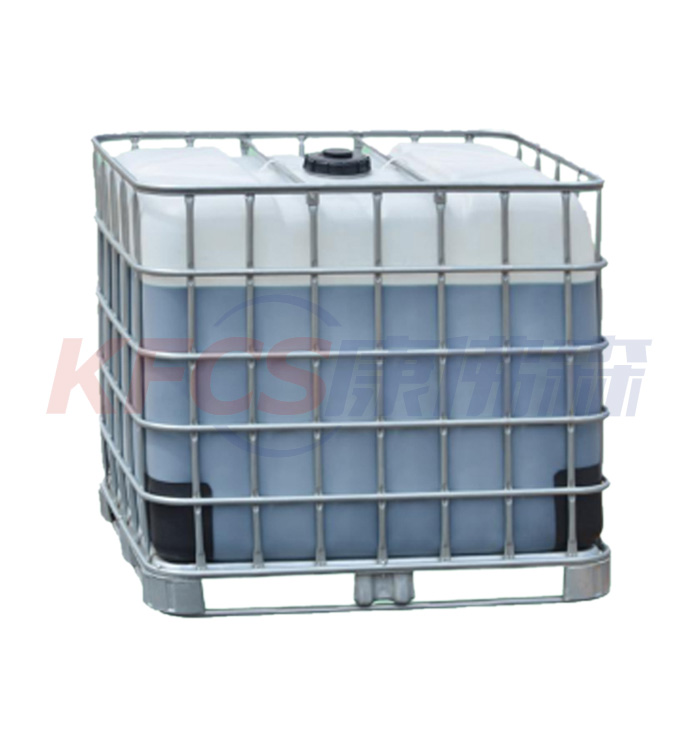Redox flow battery (RFB) is a rechargeable electrochemical device
2022-06-14
Redox flow battery (RFB) is a rechargeable electrochemical device, in which charge storage substances are dissolved in liquid electrolyte and stored in cheap storage tank, and charge discharge cycle is carried out through power conversion reactor, in which they are oxidized and reduced to alternately charge and discharge the battery. In the reactor, the two electrolytes (usually referred to as "positive electrolyte" and "negative electrolyte" according to their respective electrode potentials) are separated by a proton exchange membrane and reduced and oxidized on the surface of the porous electrode. Ions pass through the proton exchange membrane to balance the charge between the two electrolytes, so as to maintain electrical neutrality and ideally block the charge storage material.
Like other energy storage systems, redox flow battery (RFB) requires equipment balance subsystems to support operation, including fluid, thermal and state of charge management systems.
About News
- What are the advantages of all vanadium redox flow battery energy storage technology?
- Sequoia materials company recycles 6gwh waste lithium batteries every year
- Battery industry production continues to grow
- Ultra-high-purity lithium can be recycled at low cost
- What is a vanadium battery?
- Major Strengths of Vanadium Redox Flow Battery
- Vanadium battery energy storage system (4MW class)
- The world's largest 100MW all-vanadium redox flow battery energy storage and peak-shaving power station has entered the single module commissioning stage
- What are the advantages of all-vanadium redox flow battery energy storage technology?
- Energy storage operation and maintenance solutions
Products


